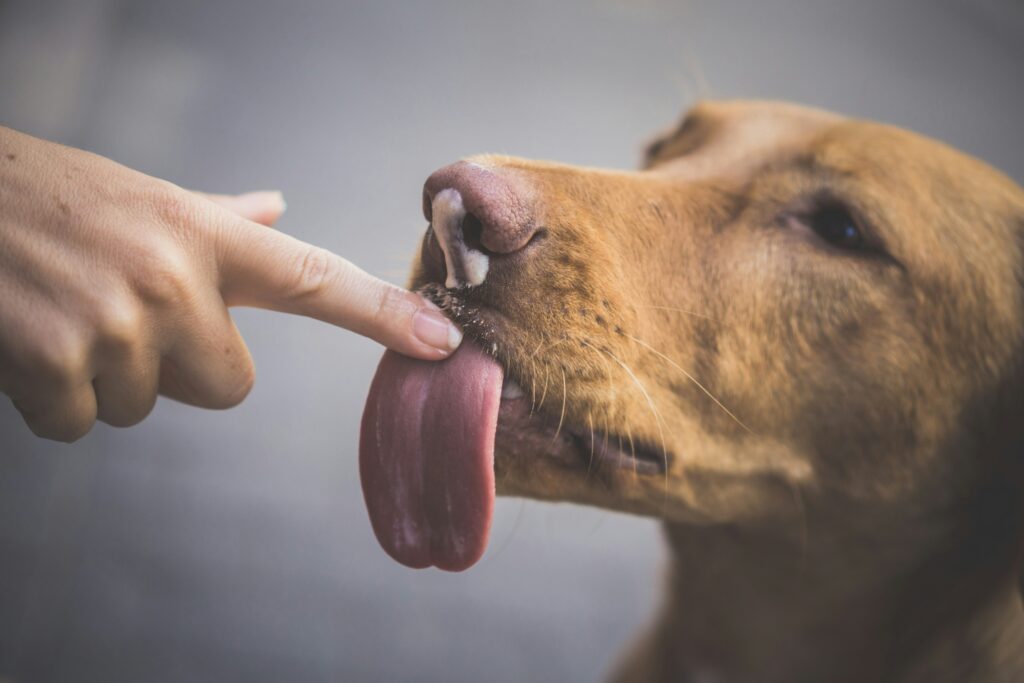2193262222 in Digital Records
Sometimes numbers like 2193262222 show up in data logs, spreadsheets, or code. Developers and data analysts often format sample data using realistic but fictional patterns. If this number came up in code, CSV files, or test environments, it might be completely fabricated—just long enough and randomlooking to make systems behave normally during tests.
In enterprise software, such numeric strings are sometimes tied to:
Customer IDs Transaction numbers Ticket references Authorization codes
If you’re dealing with an internal tool, check your system’s documentation or ask the admin what format to expect for such values.
What Is 2193262222?
On the surface, 2193262222 looks like a standard 10digit phone number. In the U.S., 219 is the area code for northwest Indiana. So, it’s reasonable to assume this could be a contact number from that region. Whether it’s tied to a business, an individual, or an automated system is contextdependent.
But this sequence isn’t always just a phone number. In some cases, people use numeric strings like this for IDs—user IDs, order numbers, ticket references—the kind you plug into search fields to retrieve a status or record.
Common Uses and Appearances
No number lives entirely in a vacuum today. Here’s where you may have spotted 2193262222:
Search Engine Query: You Googled it after getting a call or seeing it listed in a digital trail. Missed Call or Text: The number showed up on your phone, triggering curiosity or concern. Online Form or Result: It appeared next to a support ticket, order confirmation, or internal label.
Each of these scenarios suggests there’s an information source behind the string. Whether it’s benign or important depends on what follows or surrounds it.
Is 2193262222 a Robocaller?
Let’s not beat around it: robocalls and spam messages run rampant these days. You may be wondering if 2193262222 belongs to an unwanted caller. To figure this out, it’s worth checking a couple directories or crowdsourced spam phone number databases. Websites like WhoCallsMe, Nomorobo, or Truecaller keep running logs of numbers flagged by users.
If others reported the number as spam, chances are it’s either an autodialer, telemarketer, or phishing attempt. If it’s clean, it may just be a regular person or business trying to reach you for legitimate reasons.
What To Do If You Get a Message from 2193262222
Here’s the straight play:
- Don’t call back immediately. Especially if you don’t recognize the number.
- Search for context. Did you request info or support recently? Could this tie back to an online service or purchase?
- Check your voicemail. Real businesses tend to leave a message.
- Use a reverse search app. Lookup websites or caller ID apps can give clues.
- Block the number if it’s spam. Don’t let it bother you again.
How to Verify if 2193262222 Is Legitimate
Want to do a quick background check? Follow this minimaleffort checklist:
Google the number directly to check for flagged reports or business ties. Search the 219 area code to confirm if the region fits anything in your recent activity. Use LinkedIn or website search if you suspect it’s from a business or recruiter. Ask directly via another verified communication method if you think it’s important.
Unless the number is linked to your job, finances, or a personal contact, it often doesn’t need immediate attention.
Security Tip: Be Cautious with Unknown Numbers
Even if 2193262222 ends up being harmless, it’s a good reminder: don’t trust strings of digits just because they look professional or familiar. Avoid clicking links or sharing personal information with senders you can’t verify. When in doubt, go silent and watch to see if a legit contact reaches out again, this time with more clarity.
Final Thoughts on 2193262222
Bottom line? Whether 2193262222 is a number you’ve received a call from, seen in your backend systems, or are curious about—context is key. It could be an unwanted robocall or a useful identifier buried in your digital tools. Always check its origin before acting on it—and when you’re not sure, keep it blocked and move on.


 Founder & Pet Wellness Advocate
As the visionary founder of Pet Paw Shack, Kimberliene Sabinin is passionate about helping pet owners provide the best care possible for their furry companions. With a background in veterinary science and animal nutrition, Kimberliene brings years of experience in promoting pet health, safety, and well-being. Her mission is to empower pet owners with practical knowledge about proper nutrition, behavior training, and overall pet wellness.
Founder & Pet Wellness Advocate
As the visionary founder of Pet Paw Shack, Kimberliene Sabinin is passionate about helping pet owners provide the best care possible for their furry companions. With a background in veterinary science and animal nutrition, Kimberliene brings years of experience in promoting pet health, safety, and well-being. Her mission is to empower pet owners with practical knowledge about proper nutrition, behavior training, and overall pet wellness.
